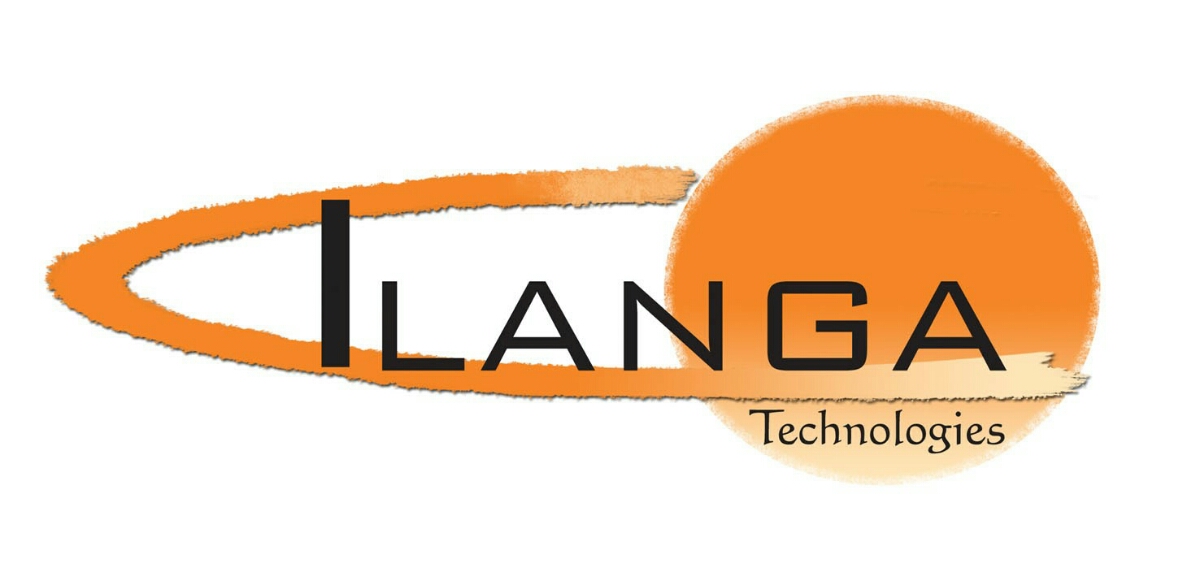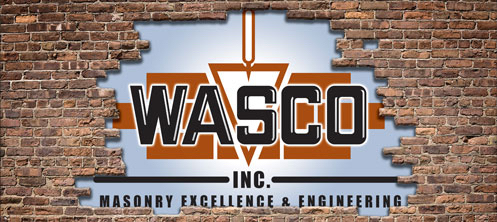Information
-
Document No.
-
Audit Title
-
Client / Site
-
Conducted on
-
Prepared by
-
Location
-
Personnel
General guidelines
-
Have you allowed for your scaffolding costs in your contract price?
-
If you quote the job without considering the types of scaffolds and the quantities of scaffolding equipment you need to do the work safely and legally, you could lose big money when WorkSafe makes you provide the necessary scaffolding.
-
Are your scaffolders properly certified?
-
You must make certain that anyone constructing, or directly supervising the workers constructing any scaffold from which a person or materials could fall more than 4 metres, has a valid certificate of competency appropriate to that type of scaffold. This also applies to any alterations to the scaffold or dismantling of the scaffold. Insist that the scaffolders show you their certificates. Keep an up-to-date register of certificate holders.
-
Is the scaffold strong enough for the loads?
-
Bricklayers, stonemasons, concretes and demolition workers need heavy duty scaffolds which can safely support up to 675 kg per platform per bay. Carpenters and general trades may need at least medium duty scaffolds which can safely support up to 450 kg per platform per bay. Light duty scaffolds are limited to 225 kg per platform per bay. In estimating loads on scaffold platforms, a person is assumed to weigh 80 kg. Check the supplier's information for the type of scaffolding systems you are using.
-
Is the scaffold stable?
-
Scaffolds can collapse if they are built on soft ground without timber sole plates to properly distribute the load, if they are too close to trenches or excavations, if they are not properly braced and tied to the support structure, or if they are badly out of level.
-
Does the scaffold protect the workers and other people?
-
Planks should be genuine scaffold planks in good condition, of uniform thickness (to prevent trip hazards) and secured against uplift. Platforms should be fully decked across their full width and free of gaps. All platforms higher than 2 metres should have guardrails, midrails and toeboards (or brickguards) fixed to each open side and end. Where debris from the work can cause danger, it may be necessary to sheet the scaffold in shadecloth. Never use hessian because it can easily catch fire.
-
Is there safe access to every scaffold platform?
-
Properly constructed temporary stairways or ladder access is needed to all working platforms. Climbing up and down the scaffold framework is very dangerous. Ladders should be securely fixed to prevent movement, pitched at a gradient not less than 1 in 4 nor more than 1 in 6, and they should extend at least 900 mm above the platform so they can be safely climbed.
-
Are scaffolds a safe distance from power lines?
-
No part of a metal scaffold should be closer than 4.6 metres horizontally or 5.0 metres vertically from any live powerlines.
-
Are your scaffolders working safely?
-
While it is under construction, the scaffold should be isolated from other workers and the general public. Scaffolders' tools should be stowed in holders on their scaffold belt. Scaffolders should work from a full deck of planks whenever possible. They should fix a guardrail for their own protection as they go, leaving it in place until that part of the scaffold is dismantled. Scaffolders working underneath should wear safety helmets. On large jobs, they should have the scaffolding equipment crane lifted, or they should use a winch or gin wheel to reduce manual handling risks.
-
Are your scaffold users working safely?
-
Workers must use the scaffold safely. They must not overload the platforms or store material in a dangerous way where it could be knocked off the scaffold. Clear access should be maintained along the full length of platforms. They should not make the scaffold unsafe by removing planks, ties or guardrails.
-
Are your scaffolds being regularly inspected?
-
You must not allow work to start from a scaffold until the construction of the scaffold is complete. Get the scaffolder in charge of the work to fill in a handover certificate and keep it on site until the scaffold has been dismantled. Make sure a certified scaffolder or other competent person inspects all alterations or additions to the scaffold. Have a thorough inspection done at least every second month and keep a copy of the inspection record on site. Get any necessary repairs to the scaffold done before it is put back into use.
Safe Access
-
Is there safe access to all work platforms?
-
Are all boards suitably secured?
Ladder/stair access, scaffold types, scaffold tags and signage
-
Is the maximum load capacity of this type of scaffold known?
-
Has the scaffold type been communicated to all employees?
-
Is the means of access suitable according to client spec and ideally located including doorway access?
-
Are scaffold tags located at all points of the scaffold?
-
Is all the necessary signage on display?
Fall protection
-
Is fall protection required?
-
Are all employees using 100% tie off?
Footings
-
Are the footings provided by the client suitable for their intended purpose?
-
Is the ground suitable to take the imposed loads of the scaffold?
-
Is the scaffold on base plates?
Handrails, Toe boards & Brick guards
-
Are handrails and toe boards fitted where there is a risk of persons or materials falling?
-
Are handrails and toe boards joined correctly and at the correct height?
-
Is there a requirement for debris netting or mono flex and is it fitted correctly?
Housekeeping
-
Are all spare materials in a neat and tidy condition?
-
Is there suitable lay down area and is it in a tidy condition?













